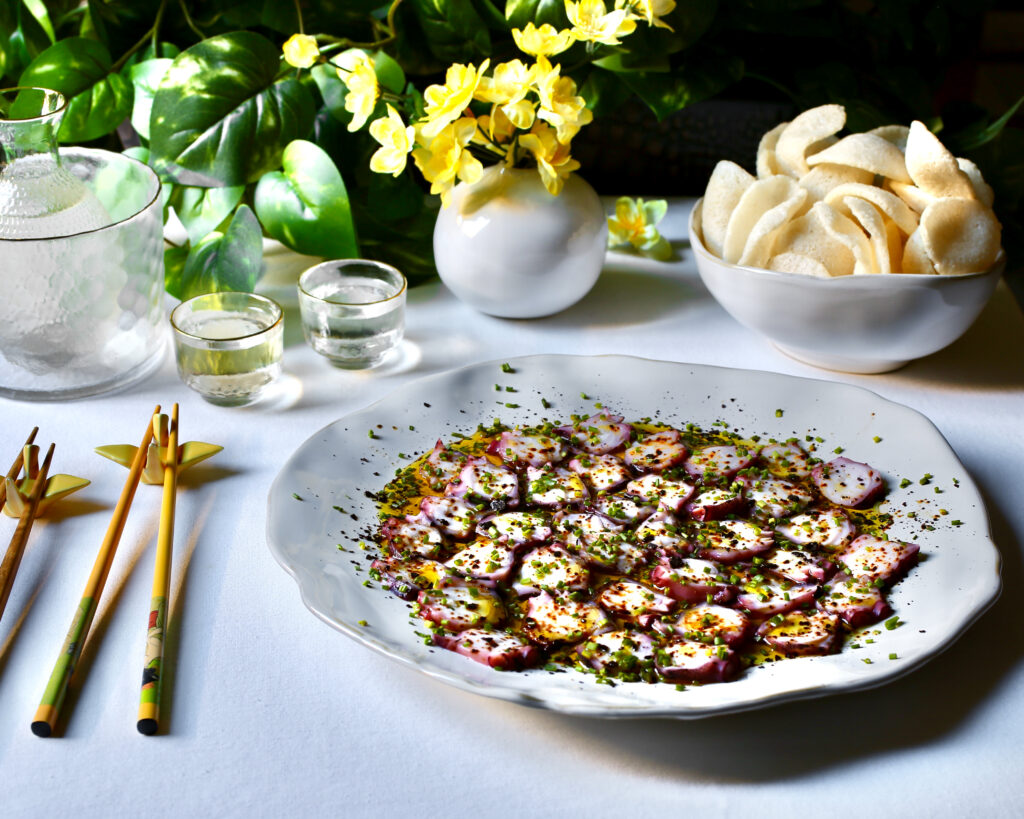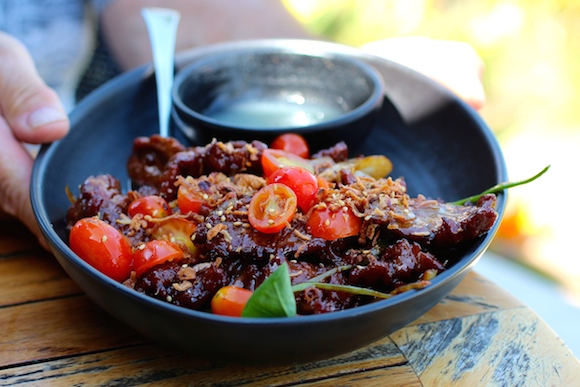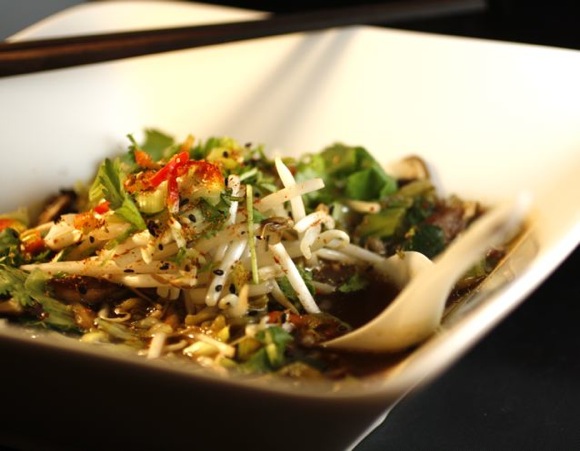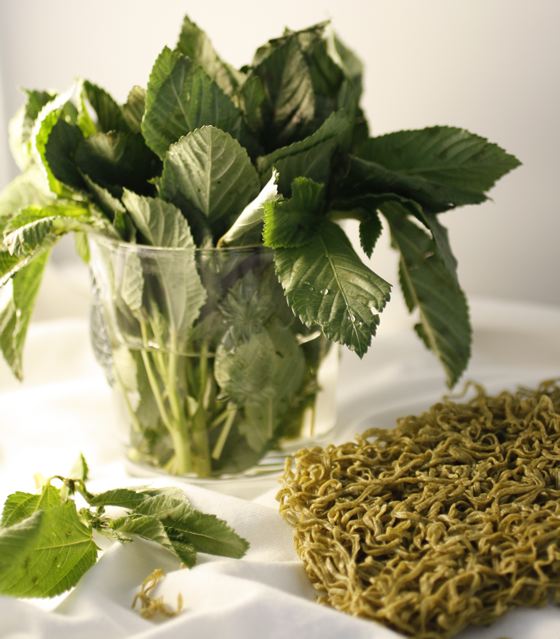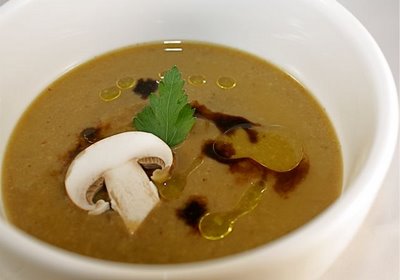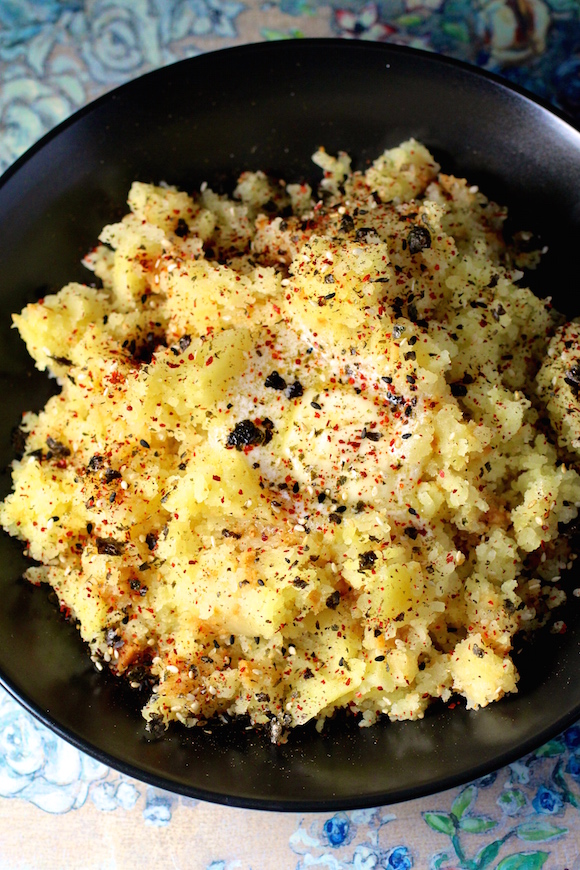
Doenjang 된장 Mashed Potatoes
Butter, Roasted Seaweed, Gochugaru, Sesame Seed, Black Pepper
Umami is the savory taste and round mouth-feel imparted by glutamate and nucleotides found in certain foods. Doenjang, that funky-chunky-fermented-aged Korean soybean paste, has an exceptionally robust umami profile.
In 1908, a chemistry professor at Tokyo Imperial University was intrigued by the complex flavor and deliciousness of dashi, a simple Japanese soup base made from seaweed. Upon investigation, Dr. Kikunae Ikeda was able to isolate the principal flavor ingredient of kombu (the kelp used to make dashi). Using classical chemistry procedures he identified this substance as glutamic acid.
Glutamic acid is a type of amino acid, which are the building blocks of proteins. Bound with minerals such as sodium, potassium, or magnesium – glutamic acid becomes glutamate, a salt. It is the salt form of glutamic acid that elicits the taste. Following Ikeda’s glutamate discovery, other foods were determined to be sources of umami, and that the process of fermentation forms and releases amino acid and nucleotide compounds as well.
Doenjang is made from dried soybeans which are boiled and stone-ground into a coarse paste, then formed into blocks called meju and allowed to ferment with the help of warmth or sunlight and bacteria. One to three months later, the blocks are placed in large pottery jars and covered with a very salty brine as the fermentation process continues. At the end of the long process the liquid is filtered off, this liquid is Korean soy sauce called ganjang, and the remaining solids are our salty-earthy-complex-umami rich paste with a pungent aroma – called doenjang.
Doenjang 된장 Mashed Potatoes Recipe
Continue reading “Doenjang Adds Umami Notes to Mashed Potatoes”
